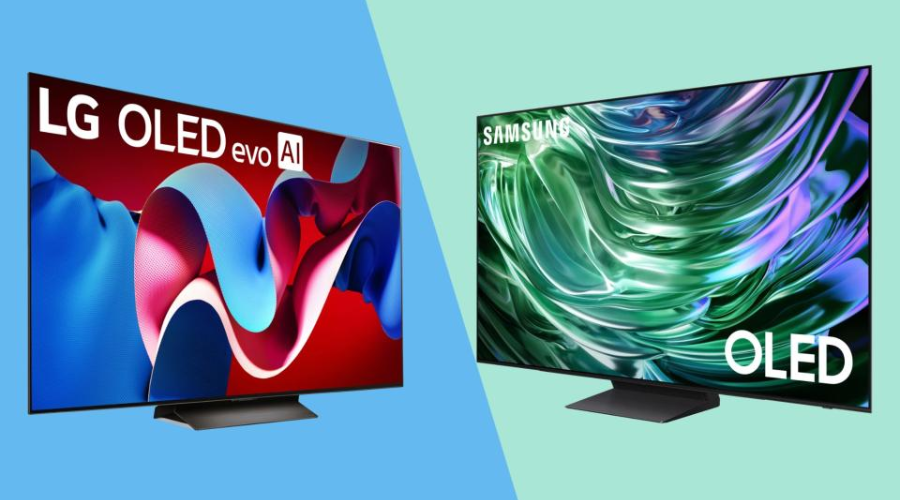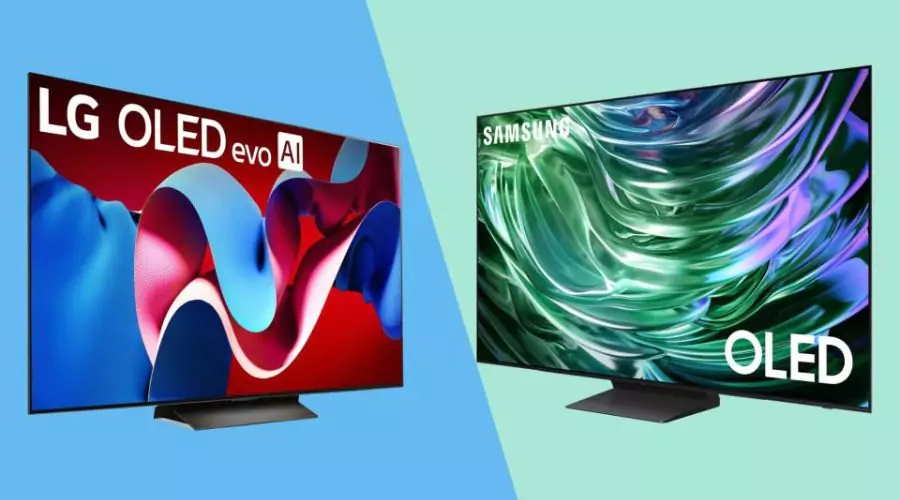Samsung vs. LG OLED Monitors: Which Offers the Best Gaming Experience?
In 2025, Samsung and LG continue to dominate the OLED market, delivering cutting-edge displays that elevate both gaming and productivity. The Samsung S90D 65″ OLED 4K HDR Smart TV (QE65S90D) and the LG C4 55″ OLED evo AI 4K HDR Smart TV (OLED55C44LA) are flagship contenders, blending self-lit pixel technology with AI-driven enhancements. Samsung vs. LG OLED monitors is a hot debate—each brand brings unique strengths, making the choice tricky for consumers. Samsung’s QD-OLED tech promises vibrant colors and brightness, while LG’s WOLED offers perfect blacks and gaming prowess. Gamers chasing the best OLED monitor for gaming might lean toward LG, while productivity buffs could favor Samsung’s versatility. Let’s break it down to see which suits you best.





